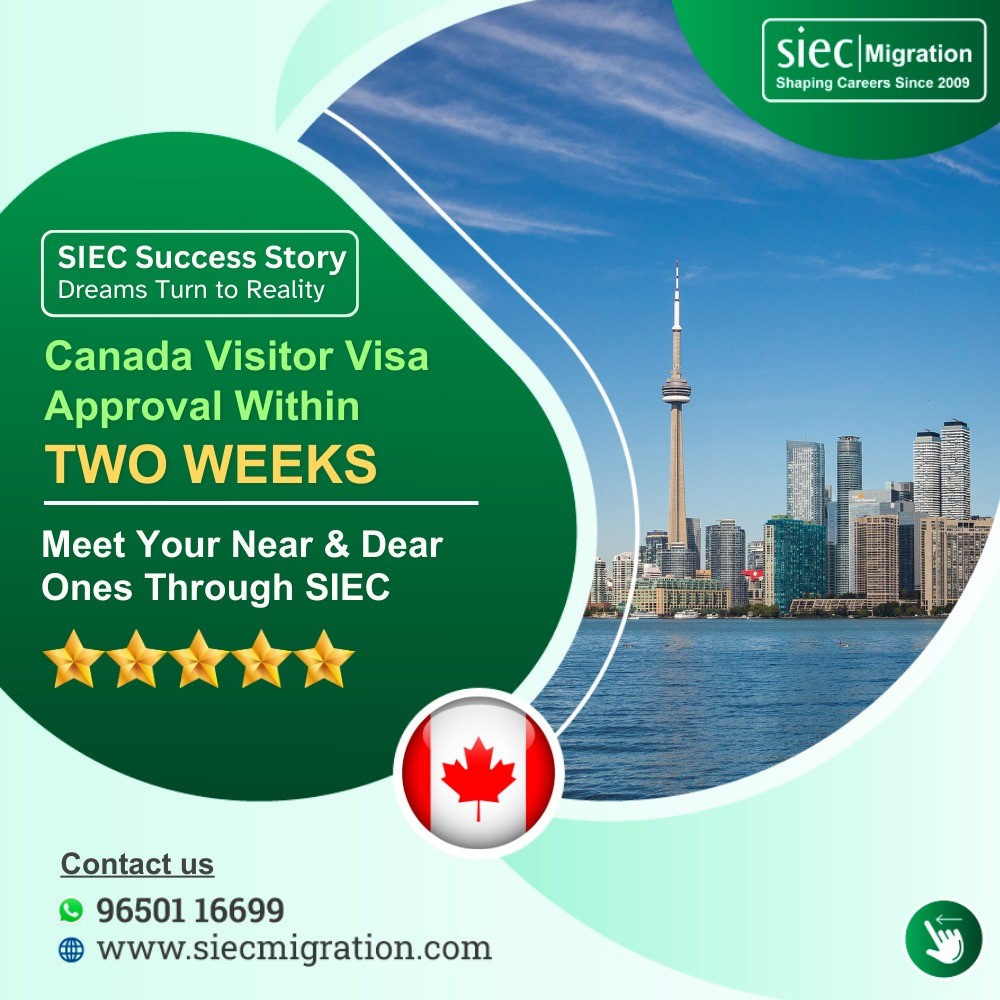Sat, 03/02/2024
In the jurisdiction of Canadian immigration, the distinction between a Visitor Visa and a Super Visa holds paramount significance, particularly for parents and grandparents of Canadian citizens and permanent residents.
While both fall within the category of visitor visas, they serve distinct purposes, with the primary disparity lying in the authorized duration of stay.
Visitor Visa Overview:
A Visitor Visa, also known as a temporary resident visa, is a prerequisite for most travelers venturing to Canada. This official document, endorsed by the Canadian government, demonstrates compliance with the essential requirements for entry.

Typically allowing a stay of up to 6 months, the border services officer, upon entry, may adjust the duration based on individual circumstances. The absence of a stamped passport necessitates departure within 6 months from the date of entry or passport expiration, whichever comes first.
Travel document requirements hinge on factors such as document type, issuing country, nationality, and the mode of travel to Canada.
In contrast, the Super Visa caters specifically to parents and grandparents, offering a unique proposition of an extended stay. Eligible individuals can visit family in Canada for up to five consecutive years without the need for periodic visitor status renewal.

Remarkably, Super Visa holders can make multiple entries over 10 years. This visa serves as a pragmatic alternative to the Parents and Grandparents Program (PGP), avoiding the uncertainty associated with lotteries.
To qualify for the Super Visa, applicants must be parents or grandparents of Canadian citizens or permanent residents. While a spouse or common-law partner can be included, dependents are excluded. Admissibility hinges on factors such as criminality, health, and the purpose of the visit. A medical examination is obligatory to establish health eligibility.
Maintaining ties to the home country is a crucial consideration during the assessment of the visit's purpose. Financial support is integral, demonstrated through the child or grandchild meeting the income requirements specified by the Low-Income Cut Off (LICO).
Proof of financial ability is substantiated through various documents, including a Notice of Assessment (NOA) or T4/T1 for the most recent tax year, Employment Insurance Stubs, employment letters, pay stubs, and bank statements.
The sponsoring child or grandchild must furnish a signed letter, committing financial support, along with details about their household and proof of Canadian citizenship or permanent resident status.
Furthermore, applicants must secure medical insurance from a Canadian provider, valid for at least one year from the entry date, with a minimum of $100,000 emergency coverage.
Once eligibility is confirmed, applicants must compile the required documentation and apply to the Canadian visa office responsible for their place of residence outside Canada.
If you seek support in applying for Canadian immigration for a Super Visa or Visitor Visa, reach out to SIEC Migration experts today. Our experts are ready to guide the documentation process.
Contact us now to discover how we can assist you.
Contact Us Now
![]() India: +91 9650116699
India: +91 9650116699
![]() Canada: +1 647 641 0944
Canada: +1 647 641 0944
![]() Australia: +61 415 383 393
Australia: +61 415 383 393

